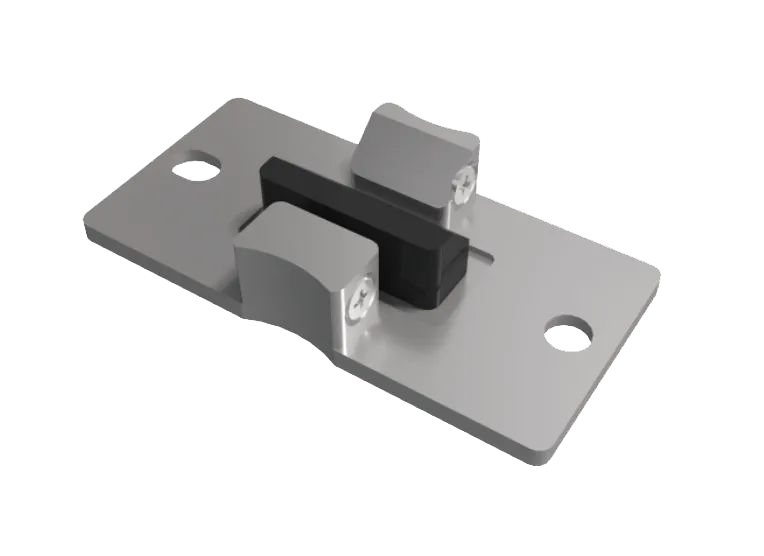Heat Treatment Specifications for Commonly Used Materials in Fixtures
Mar. 25, 2025
Fixtures are essential tools in mechanical manufacturing for positioning and clamping workpieces, and the selection of their materials and subsequent treatment directly affect their service life and performance. This article summarizes the heat treatment specifications for commonly used materials in fixtures, covering typical materials such as medium carbon steel, alloy steel, stainless steel, and tool steel.

One. Heat treatment specifications
1.Medium Carbon Steel (e.g., 45 Steel, S45C)
• Quenching and Tempering Treatment (Quenching + High-Temperature Tempering)
◦ Quenching: Heat to 830~850°C, hold the temperature, and then cool in water or oil.
◦ Tempering: Heat to 550~650°C, hold for 2~4 hours, and then cool in air.
◦ Process Parameters:
◦ Purpose: To obtain tempered sorbite structure and enhance overall mechanical properties (strength, toughness).
◦ Hardness Range: HRC 25~35, suitable for fixture main structures requiring high strength and certain toughness.
• Surface Quenching (e.g., High-Frequency Quenching)
◦ Process Parameters: Heat the surface to 900~950°C and then rapidly cool it (using water or polymer quenching fluid).
◦ Purpose: To increase surface hardness (HRC 50~55) while retaining core toughness.
2. Alloy Steel (e.g., 40Cr, 42CrMo)
• Carburizing Process
◦ Carburizing Temperature: 900~930°C, with carbon potential controlled at 0.8%~1.2%;
◦ Carburizing Time: Adjusted according to the required carburized layer depth (typically 0.5~1.5mm);
◦ Quenching: Direct oil quenching or secondary heating quenching (820~850°C);
◦ Low-Temperature Tempering: Held at 180~200°C for 2 hours.
Process Parameters:
◦ Objective: To achieve high surface hardness (HRC 58~62) with good core toughness, suitable for high-wear-resistant fixtures.
• Nitriding Process (Gas Nitriding / Ion Nitriding)
◦ Nitriding Temperature: 480~550°C, with a duration of 20~50 hours;
◦ Nitrided Layer Depth: 0.2~0.5mm.
◦ Process Parameters:
◦ Objective: To attain a surface hardness of HV 900~1200 with excellent anti-seizing properties, suitable for precision fixtures.
3. Stainless Steel (e.g., 304, 316, 17-4PH)
• Solution Treatment + Age Hardening
◦ Solution Treatment: Heat to 1050~1100°C, hold, and then water quench;
◦ Aging: Heat to 480~620°C, hold for 4 hours (for precipitation-hardening stainless steel).
◦ Process Parameters:
◦ Purpose: To enhance corrosion resistance while increasing strength (HRC 30~45).
4. Tool Steel (e.g., Cr12MoV, SKD11)
• Hardening + Multiple Tempering
◦ Hardening: Oil or gas quenching at 980~1020°C;
◦ Tempering: Three tempering cycles at 180~250°C, with each cycle lasting 2 hours.
◦ Process Parameters:
◦ Purpose: To eliminate residual austenite, improve dimensional stability, and achieve a hardness of HRC 58~62.
Two. Summary
The heat treatment and surface treatment of fixture materials should be comprehensively selected based on specific working conditions (load, environment, precision). Through reasonable material selection and process design, the lifespan of fixtures can be significantly extended, and maintenance costs can be reduced.









